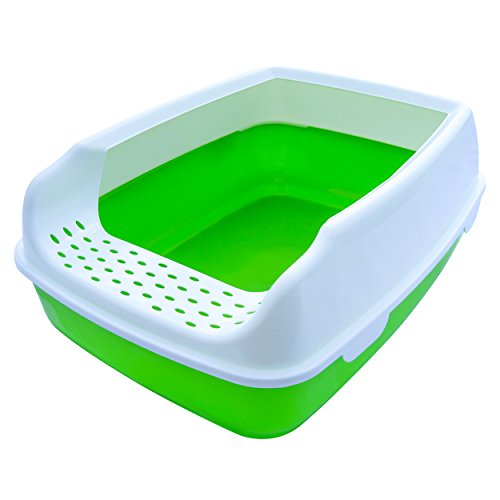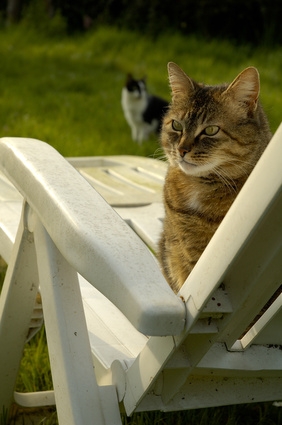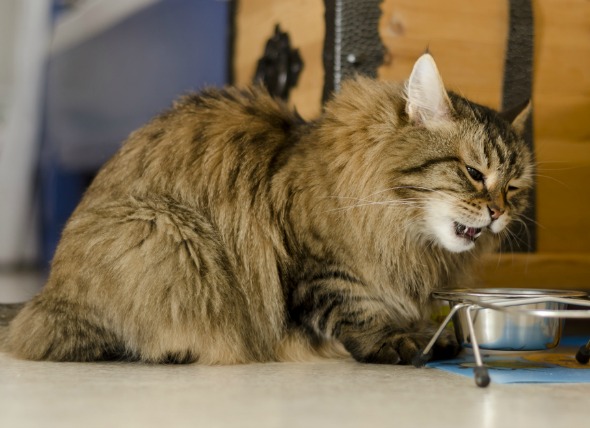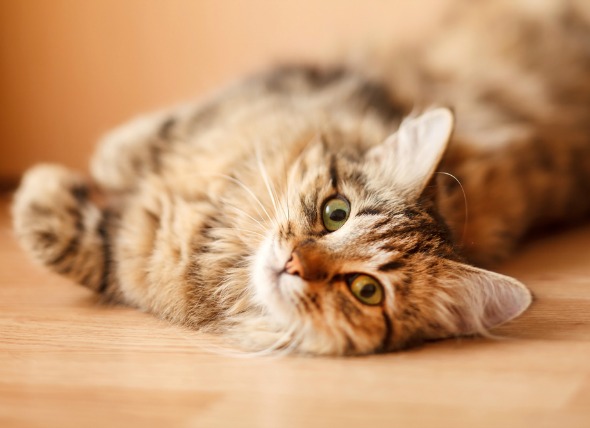
Whether a cat comes to the home as a cute little kitten or is taken in for one reason or another as an adult, behavioural problems can occur. These can be everything from irritating meowing repeatedly to not using their cat litter tray right up to destructive clawing at everything around the house or even attacking their owner. While some problems cannot be foreseen, most can be dealt with by understanding cat behaviour and finding the underlying cause of the problem. Here are a few basic tips.
While wanting your attention and wanting to spend time with your is a wonderful thing from a cat, too much attention seeking can drive people crazy. A constantly meowing cat is enough to distract even the most patient person and can be a sign of bad behaviour rather than being overly affectionate. Some cats are more vocal than others are so understanding if this is normal for them or a sign of a problem is the first step.
Attention seeking behaviours can include:
Why these behaviours begin can be variable but the most common are a recent move of house, the addition of another animal or human to the household such as a new baby, absence of their owner for an extend period of time or the sickness of their owner or another cat in the household.
The solution for their behaviour is dictated by the problem but here are a few ideas. For the cat that paws all the time, this is likely the need for complete attention so allocate a period of time in the day for the cat. Keep to a routine and the cat will come to realise that their time is coming, alleviating the need to paw and scratch at other times. For cats that meow all the time, decide why first. Is it they like chatting with you? If so, talk to them more when they are quiet and less when they are constantly meowing. However if a cat that is normally quiet suddenly begins to meow frequently, this may be a sign of pain and a vet should be contacted. Finally, if the cat is begging for food constantly, consider feeding two or three small meals instead of one large one meaning there is a steady stream of food to keep them from being hungry without actually increasing their food intake.
Not using their cat litter or litter avoidance is the top behavioural reason that people give up a cat to a shelter. However, this is often a problem caused by not providing the cat with the right equipment to make it comfortable, rather than the wilful urge to urinate or worse in the wrong place.
Cats are instinctively extremely clean and have a far better sense of smell than humans. This means that our standard of clean and theirs are different and there is nothing worse than a dirty cat litter box. Many cats won’t use it and will badger you to clean it out but the worse case scenario is that they will simply make other arrangements and deposit their mess somewhere around the house.
Litter avoidance can be a sign of a health problem so it is always worth checking with a vet if the problem occurs. But more often than not, it is one of a host of simple to solve problems:
Perhaps the most common of these is a litter tray they don’t feel comfortable with. There are lots of brilliantly designed litter trays available including self-cleaning ones and covered in versions. While these enclosed trays may seem ideal to stave off the smell and mess associated with cat litter, many of the animals simply won’t use them. This is due to a deep-set instinct from their ancestors that tells them a closed in space could hold something nasty. Therefore, most owners have found an open cat litter tray to be the best option. If you have changed trays and your cat will no longer use the new one, a problem of this nature is likely.
Some cats can be very sensitive about being watched when they are in the litter tray and if you move the tray to a high traffic area of the house, this can stop them from using it. If the tray worked in a previous location, it is best to move it back there and if you are in a new house, perhaps try different locations that are away from the busiest parts of the house, such as a downstairs toilet or utility room.
If there is more than one cat in the house, the litter tray is likely to be dirtier and if the situation becomes too bad, one of the cats may stop using the tray. The best solution to this is to provide more than one litter tray, often in different locations so that if one is dirty, the other one can be used.
 Two Meows High Sided Litter Box with Shield - Tm-3 Smart Lid Reduces Kitty Litter Scatter - Pan for Cats, Dogs, Puppies, Rabbits - Easy to Scoop Non-stick Surface - Large - Fun Bright Green
Two Meows High Sided Litter Box with Shield - Tm-3 Smart Lid Reduces Kitty Litter Scatter - Pan for Cats, Dogs, Puppies, Rabbits - Easy to Scoop Non-stick Surface - Large - Fun Bright GreenMany people go for their entire cat’s lives without experiencing behavioural problems from their beloved pets. Others don’t even realise that their actions are a sign of a problem. But by learning what your cat considers to be normal, this will help you spot a problem and nip it in the bud early. It can also help you spot a potential health problem by being able to read the signs they show to you.
 How to Stop a New Cat From Being Aggressive to Other Cats In the Home
How to Stop a New Cat From Being Aggressive to
How to Stop a New Cat From Being Aggressive to Other Cats In the Home
How to Stop a New Cat From Being Aggressive to
 Why Cats Scream
Why Cats Scream
Why Cats Scream. Cats,
Why Cats Scream
Why Cats Scream
Why Cats Scream. Cats,
 Swallowing Difficulties in Cats
Dysphagia in Cats
There are a number of condition
Swallowing Difficulties in Cats
Dysphagia in Cats
There are a number of condition
 Rapid Heart Beat in Cats
Supraventricular Tachycardia in Cats
Supraventric
Rapid Heart Beat in Cats
Supraventricular Tachycardia in Cats
Supraventric
 Russian Blue Shorthair Cats Personality and Temperament
IntroductionThe Russian Blue
Russian Blue Shorthair Cats Personality and Temperament
IntroductionThe Russian Blue
Copyright © 2005-2016 Pet Information All Rights Reserved
Contact us: www162date@outlook.com